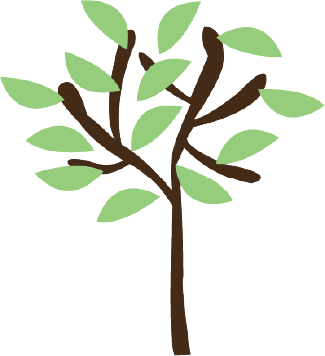Montessori Inspired Checklist For Choosing Toys
LOOK FOR NATURAL MATERIALS
Choose toys that are made out of glass, wood, and ceramic. Montessori is about facilitating the child’s connection with nature and too much plastic is an empty experience. Plastic doesn’t smell, taste, or have texture. Natural materials are also less toxic to children.
LOOK FOR THINGS THAT ARE REALISTIC
This might be the hardest one, but try to choose materials that are realistic.
For example: When you are choosing a toy dog, choose the brown toy dog over the purple toy dog, because in reality dogs are brown. This creates a framework that is founded in reality. When children are given toys that are unrealistic it essentially forces an adults imagination on them and it is not something that they are ready for. Toddlers are still constructing and learning about the world. Things that come from a child’s own imagination are much more valuable.
CHOOSE WITH PURPOSE
Everything in a Montessori environment is chosen for a specific purpose or intent. Ask yourself how the object is going to contribute to your child’s development and well-being. Toys can pile up and become overwhelming. This can also give children the idea that needs can be filled with objects rather than actions in the environment.
KEEP IT SIMPLE
A lot of Montessori materials have a specific purpose, but you don’t have to only buy single purpose toys for children. It is important to avoid toys that have too many bells and whistles. Toys with too many lights and buttons discourages the child from concentration and problem solving. The toy may be entertaining, but only for a short amount of time.
You can look for materials that are self-correcting, such as puzzles. When a child is working on a puzzle they are able to see where they made a mistake.
Open ended toys such as blocks are great, because they can be used in a number of ways.
FOLLOW THE CHILD
When you watch your child you will be able to determine what they need based on your observations.
For example: If you notice your child is trying to open and close items in your home, you can create a basket with open and close objects that they are allowed to use.
FOSTER INDEPENDENCE
Find activities they can do independently. If you have to be there for them to have success then it is not the right type of toy. Have toys that children can access on their own without asking you to get it for them. An exception would be a toddler who enjoys painting, but when left alone paints the walls or other items in the environment. Every child is different so you can go with your instincts on this one!
“The environment must be rich in motives which lend interest to activity and invite the child to conduct his own experiences.”
-Maria Montessori

